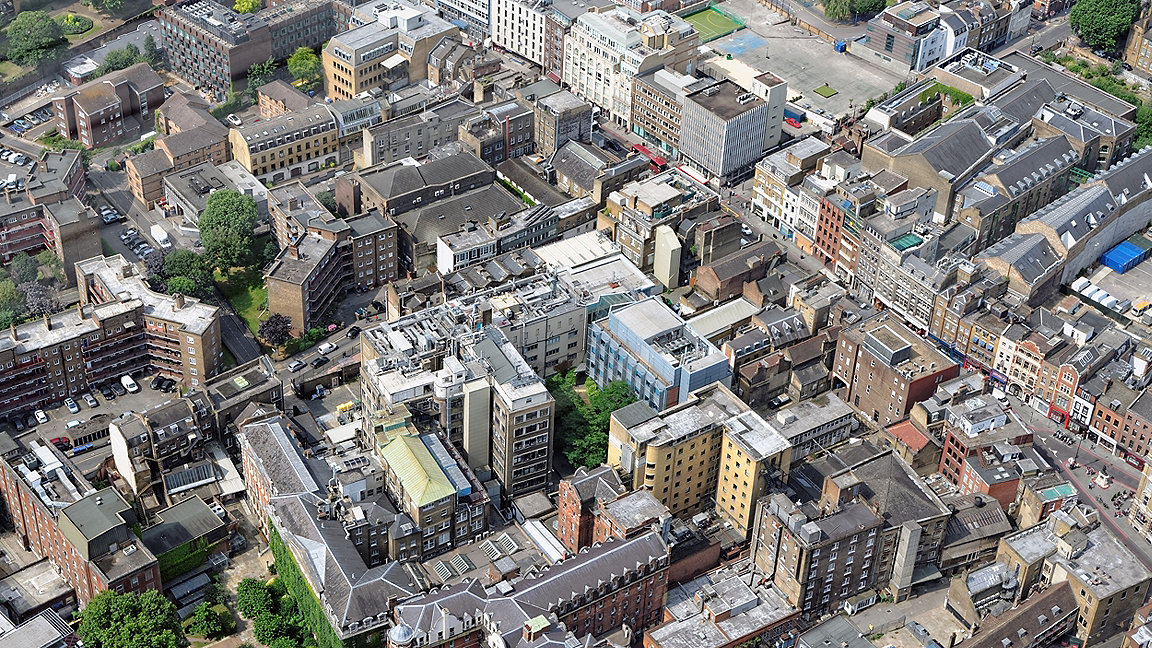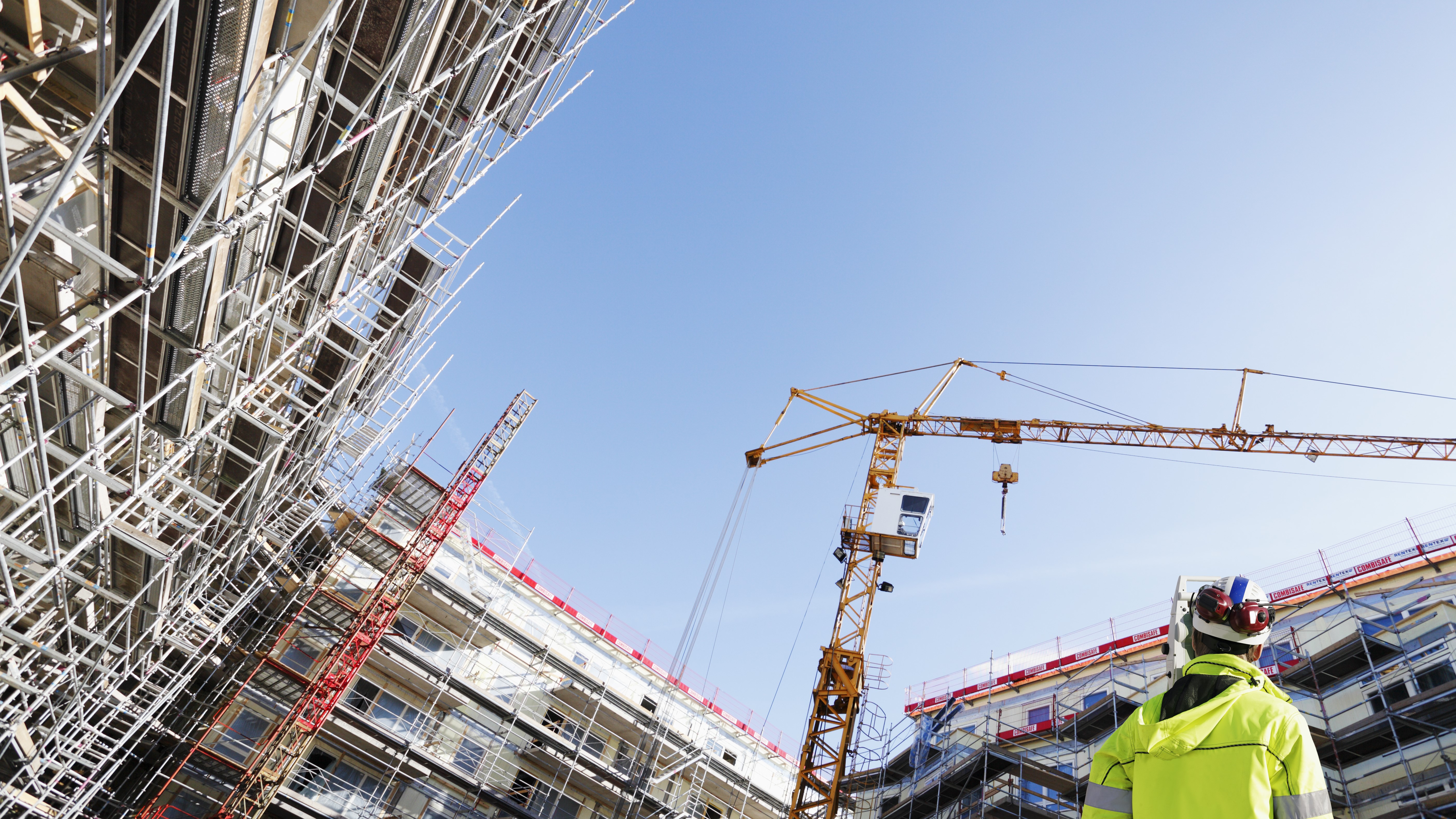
The Building Safety Act 2022 will have a significant impact on the construction industry, overhauling the regulation of higher-risk buildings and construction products.
Over the next 18 months, there will be a phased introduction of the act's provisions. According to the government's outline transition plan, published in July 2021, the first phase of measures is due to come into force within the next two months. This includes the retrospective extension of the time limit for claims under the Defective Premises Act from six to 30 years, and for future buildings from six years to 15 years.
The second phase concerns the new regulatory regime and secondary legislation, and is expected to come into force within the next six to 12 months. The third phase, which relates to the transition and enforcement of the main regime, is then due to take effect within the next 12 to 18 months. The act is therefore expected to be fully implemented by November 2023.
Service of remediation orders
The act contains provisions to make remediation orders, or remediation contribution orders. These orders may be issued by the First-tier Tribunal on application of interested parties, which can include the Health and Safety Executive (HSE), local authorities, fire and rescue authorities, people with legal or equitable interests in the relevant buildings, or other prescribed persons.
Orders can be served on landlords and associated bodies – such as managing agents – to remedy relevant defects in a relevant building, for whose repair and maintenance they are responsible. Under this provision, a relevant building refers to a self-contained property, or part of it, containing at least two dwellings, which is at least 11m in height and has at least five storeys.
Relevant defects are meanwhile classified as anything done or not done, or anything used or not used, in connection with the construction or conversion of a relevant building that causes a building safety risk. The works in question must have been completed no more than 30 years before the commencement of this provision.
Liability for faulty products
The act also empowers the secretary of state to make cost contribution orders against construction product companies.
Such orders can be made against economic operators, a term that covers manufacturers, authorised representatives, importers and distributors. They will be forced to contribute towards the cost of remediation works when the use of their products has caused or contributed to dwellings being unfit for habitation.
The secretary of state is able to issue a cost contribution order after the successful prosecution of an economic operator for non-compliance with the Construction Products Regulation.
An independent person will be appointed by the secretary of state to inspect a residential building where the offending product has been used. That person will determine whether the building is unfit for habitation, and the degree to which this is caused by the product being used. They will also consider the necessary remediation works, their cost and the amount that the economic operator should contribute.
Additional clauses have introduced a legal mechanism allowing claims for compensation against manufacturers of defective or mis-sold construction products. These clauses will allow anyone with a legal or equitable interest in a dwelling to bring a civil claim against a manufacturer or seller that is directly responsible for a product used in the original construction causing or contributing to the dwelling being unfit for habitation. The cause of action will apply retrospectively.
'The act also empowers the secretary of state to make cost contribution orders against construction product companies'
Remediation costs liability
A schedule to the act contains protections for leaseholders relating to certain remediation costs, and imposes corresponding liabilities on landlords of relevant buildings.
This schedule ensures that a tenant under a qualifying lease will not be required to pay a service charge for remediating a relevant defect where the landlord or associated person is responsible for that defect. No service charge will be payable under a qualifying lease in respect of cladding remediation, or for legal or professional services relating to liability for relevant defects.
The act defines a qualifying lease as a long lease, for a term of 21 years or more, on a single dwelling in a relevant building, where the tenant is liable to pay a service charge.
The schedule caps the amount that can be charged to leaseholders where landlords do not have the means to pay for any remaining non-cladding defects to £15,000, if the premises are in Greater London, or £10,000 for any property elsewhere in England.
If the qualifying lease is at least £1m in value but does not exceed £2m, then the permitted maximum is £50,000. If the qualifying lease is more than £2m in value, then the permitted maximum is £100,000. These figures will include interim costs to a tenant – such as paying for waking watch patrols – in the five years before commencement of the relevant provision.
There will be no costs for leasehold properties valued less than £325,000 in Greater London or £175,000 elsewhere in England. There will also be no service charge payable for each building to which the legislation applies if the landlord group's net worth was more than £2m at 14 February 2022.
The repayment period for applicable charges has been extended from five to ten years. Provisions are also included to ensure that leaseholders cannot be charged more than 10% of the permitted maximum each year.
'A schedule to the act contains protections for leaseholders relating to certain remediation costs, and imposes corresponding liabilities on landlords of relevant buildings'
Removed requirements
When originally drafted, the Building Safety Bill would have placed a duty on the principal accountable person to appoint a building safety manager. However, following consultation, this requirement was removed before the act was passed, on the basis that it would place an unnecessary and costly burden on leaseholders.
The responsibility for meeting safety obligations under the act therefore now rests with the accountable person or persons, who will be permitted to make arrangements in the most appropriate way for their building and residents.
Similarly, the proposal to establish a fire risk assessment authority, which was introduced at committee stage, has not been included in the final act.
Secretary of state sanctions
The act also allows the secretary of state, by way of regulations, to prohibit a 'person of a prescribed description' from carrying out development in England, as defined by the Town and Country Planning Act 1990, or to impose building control prohibitions. The aim of such a prohibition is to secure the safety of people in relation to risks arising from buildings, and to improve the standard of buildings themselves. This prohibition supersedes any existing planning permissions.
The term 'person of a prescribed description' is not defined within the act, however. It may be that this class is left deliberately wide, so it can be used as a means of forcing contributions to the government's £4bn fund for repairing or replacing dangerous cladding. At the time of writing, though, there is a suggestion that government negotiations with developers mean these contributions will not be required.
Proposals emphasise leaseholder protection
Fundamentally, the Building Safety Act 2022 provides additional protection to leaseholders – not just from fire risks but also from the financial burden of remedying defects.
Those involved in property management therefore need to ensure that they are aware of their obligations under any remediation orders, and that they have a clear paper trail of any advice provided to their freeholder clients or employers about their obligations.
Alexandra Anderson is a partner at Reynolds Porter Chamberlain
Contact Alexandra: Email
Charles Underwood is a trainee solicitor at Reynolds Porter Chamberlain
Contact Charles: Email
Related competencies include: Fire safety, Legal/regulatory compliance, Risk management

